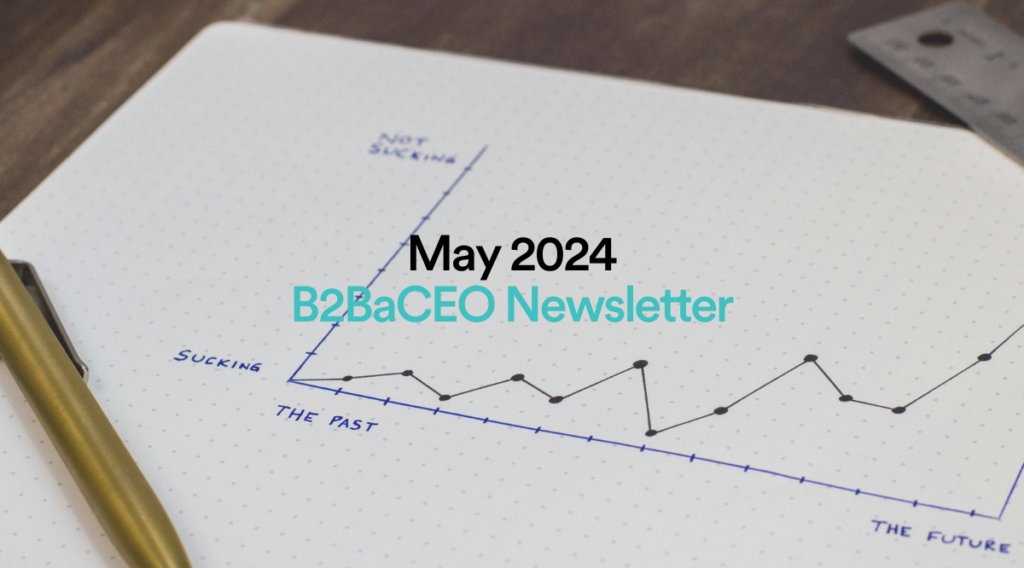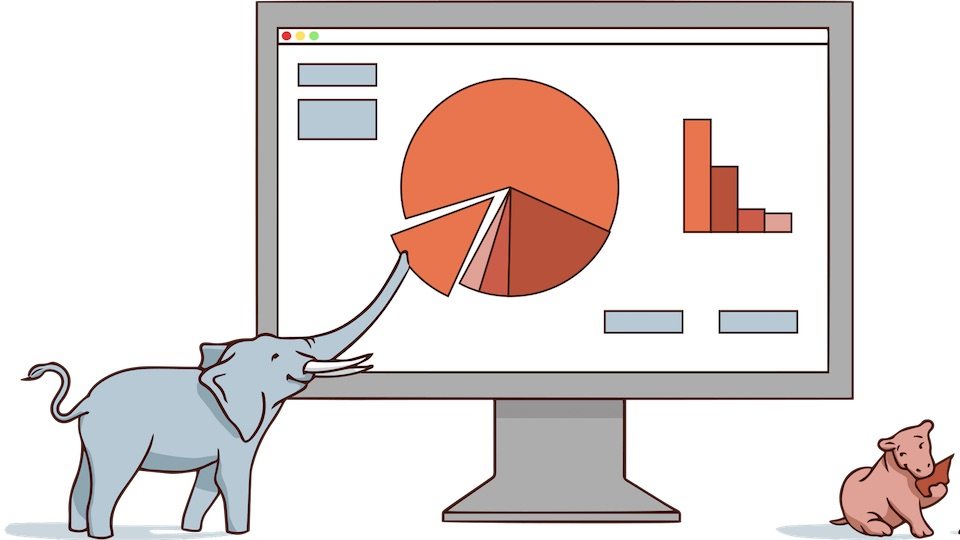Shock-proofing supply chain with AI: a $62 billion opportunity
With core segments of the supply chain technologically underserved, we see massive potential in three areas.
09.24.2024 | By: Ashu Garg, Jaya Gupta

The Covid-19 pandemic showed how fragile global supply chains could be. To understand how fragile supply chains still are, look no further than the furniture industry, which had record early-pandemic sales but saw a string of bankruptcies recently due to container shortages, scarce raw materials, and long lag times receiving critical components. The most headline-grabbing supply chain crises may be behind us, but a certain degree of fragmentation and chaos in the flow of goods is now the norm. In total, supply chain disruptions have left an estimated $1.6T on the table for the past several years. Looking at a decade’s worth of supply chain disruptions, an average company can expect to lose nearly half of one year’s profit.
As supply chains have faltered, LLMs and automation have advanced. We’ve entered a new era of process automation that stands to streamline operations in data-heavy industries across the board, including the global supply chain. Rather than traditional rules-based automation, LLM-powered solutions learn and improve over time. Even better, they work with structured and unstructured data (spoiler: supply chain is full of both types).
After years of product shortages, high grocery prices, and delayed deliveries, we find ourselves in a unique moment where there is not only the will, but the way to do things differently—by integrating AI into supply chain management software. Where supply chain has historically been disjointed, AI is poised to unify disparate data sources and systems and replace cumbersome manual processes up and down the chain. Core segments of the supply chain may be technologically underserved, but we see a massive opportunity for AI in three specific areas: procurement, supplier intelligence, and demand planning.
Three factors in a discombobulated supply chain
Supply chain data lives everywhere—in emails, scanned documents, and software that is isolated and outdated. In particular, three key factors contribute to the global supply chain’s fragmentation.
- Communication tools rely on unstructured data such as emails, texts, and scanned documents. This unstructured data often contains critical information that is difficult to extract and analyze systematically, which then complicates vendor communications. For instance, Tesla experienced production delays partially due to information about chip shortages being overlooked in email communications. This led to a production shortfall of 190,000 vehicles in Q3 2021 .
- Electronic Data Interchange (EDI) systems are outdated and unevenly adopted. EDI is a ‘60s-era file exchange system for business documents that caught on with large manufacturers in the 1990s. In the furniture example above, when a large company like La-Z-Boy wants to make 50,000 leather recliners, they might send a request through an EDI file, let overseas suppliers bid on the request, and have their procurement team choose between bids. But small and medium companies struggled to adopt EDI and have few standard operating procedures for procurement, finding themselves mired in days-long negotiations with overseas suppliers on a number of channels and platforms. EDI also presents challenges for organizations due to its lack of flexibility and integration capabilities. Even Walmart stumbled with its legacy EDI system when launching a new drop-shipping initiative in 2020. The project experienced delays and incurred additional costs due to the complexity of modifying the existing EDI infrastructure.
- Many companies use multiple software management systems, including Enterprise Resource Planning (ERP), Warehouse Management (WMS), and Transportation Management (TMS), creating data silos that hinder end-to-end supply chain visibility. Unilever reported inventory discrepancies due to poor communication between its ERP and WMS systems. This led to a 23% increase in stockouts and a 17% rise in excess inventory across their global operations in 2022.
In the past decade, digitization has helped the problem. Solutions like project44, FourKites, and Tive emerged to aggregate supply chain data via APIs. However, more work needs to be done. Nearly half of McKinsey survey respondents have not significantly invested in core building blocks of digital supply chain, such as Advanced Planning Systems (APS), Warehouse Management systems (WMS), or Transportation management systems (TMS). The groundwork for new layers of intelligence exists, and startups can leverage AI to parse the unstructured data and unify different software systems.
AI’s $62B market opportunity
The supply chain management industry promises enormous potential for disruption. According to Gartner, annual spend on software in the space is projected to grow from $29B in 2023 to $62B in 2028, representing a 16.3% CAGR.

We believe well-positioned, highly-innovative, and fast-moving AI startups can capture this market. AI is able to classify visual, numerical, and textual data, modeling complex scenarios with high accuracy. For example, computer vision systems can now inspect products on assembly lines, identifying defects with greater consistency than human quality control teams. Machine learning algorithms can predict demand with unprecedented accuracy, analyzing everything from historical buying patterns to political upheavals, labor conditions, and the weather.
In supply chain management, where many tasks are highly repetitive and time-intensive, such capabilities become even more useful. By fine-tuning LLMs for supply chain domains, companies can use AI to extract insights from unstructured documents. That analysis can be deployed to business intelligence software easily accessible to supply chain managers. LLMs can also leverage this data to answer questions such as “Which vendor offers the most competitive pricing for my needs?” and “Which suppliers are least vulnerable to disruptions?”
Already, generative AI is making some strides. Supply chain and inventory management is the business function most commonly noted to experience meaningful revenue growth (>5%) due to generative AI. In particular, these three domains have the highest potential for AI:
- Procurement: sourcing and acquiring the goods that businesses need to operate
- Supplier intelligence: collecting data to assess and optimize supplier relationships
- Demand planning: forecasting future customer demand to ensure optimal supply
In all three areas, AI can significantly speed up data analysis workflows and supply chain management. We’ve also mapped the market for each space, focusing on AI-first supply chain startups.
Why procurement tasks are ripe for automation

Procurement is critical to ensure a steady supply of materials, maintain relationships with suppliers, and improve margins. Our portfolio company Tonkean automates much of the procurement process, whether it’s orchestrating a contract renewal or handling an invoice.
One emerging solution: Robotic Process Automation (RPA), which uses a rules-based approach to automate the input process. Unfortunately, much of these inputs come from troves of unstructured data that RPA cannot handle. Think emails and PDFs, which aren’t structured like a spreadsheet. A new batch of early-stage companies, however, are using AI to sift through unstructured data. Didero, Lighthouz AI, and Soff are extracting insights buried deep within emails and PDFs.
These insights are also becoming more available to procurement teams. The startup Pulse AI is creating a search engine that retrieves unstructured data to answer supply chain questions. Mandel AI has developed supply chain agents that automatically update ERP when supplier lead times and prices change.
Going forward, we see even more room for growth in early-stage ventures. Startups are leveraging game theory to simulate negotiations between procurement teams and suppliers. LLMs can automate various aspects of vendor communication, such as generating purchase orders and handling requests for quotes.
How AI helps beef up supplier intelligence

To find the best suppliers, a business must juggle compliance requirements, different quotes, and market changes. On top of that, having multiple suppliers can reinforce a supply chain’s strength against shocks like COVID-19 or Russia’s invasion of Ukraine, for example.
Compared to a simple search bar, AI has created the possibility of intelligent supplier maps and matching. Altana is a leading player in this field and has created an intelligent value chain of different supply chain tiers. Companies can use its LLM assistant for queries about particular suppliers. Similarly, Keelvar and Fairmarkit provide AI-enabled platforms that easily allow procurement teams to source suppliers. And more recently, new players like Kipo AI and Terra are creating platforms that make it easier to pair businesses with suppliers.
Demand planning moves beyond historical data

Forecasting changes to supply and demand can prevent supply chain disruptions from touching consumers. Traditional planning software relies predominantly on historical data to make predictions. While this approach has reasonable fidelity, it may not be enough in a world with fast-changing market and geopolitical conditions.
Luckily, AI can improve planning capabilities, taking both historical data and current market trends into account. Research also suggests that AI can detect instances of “panic buying,” as in toilet paper during a pandemic, by identifying anomalies and classifying them as pertinent or non-pertinent. These planning algorithms can result in meaningful outcomes for businesses. McKinsey reports that autonomous supply chain planning can lead to increases in revenue of up to 4 percent and lower costs by up to 10 percent.
Our portfolio company Ikigai is doing just that. By using a patented large graphical model, Ikigai is stitching together disparate sources of data to create forecasts and what-if scenarios. New companies like Spherecast are also entering the planning space, where they’re creating engines that can manage multiple channels and create demand forecasts with different levels of granularity. Over time, AI will continue to improve the accuracy of production and distribution plans.
Reimagining supply chain with AI
Supply chain as a sector comes with two things that make it a prime opportunity for AI startups: siloed software management systems, and vast amounts of unstructured data. Whether it’s procurement, supplier intelligence, demand planning, or some other area, we believe AI is poised to disrupt and strengthen supply chains for years to come.
We’re actively investing in this space. If you’re building an AI-forward startup that will transform how the supply chain is managed, please reach out to agarg@foundationcap.com and jgupta@foundationcap.com.
Thank you to Tushar Dalmia for supporting and researching this post.
Published on September 24, 2024
Written by Foundation Capital

